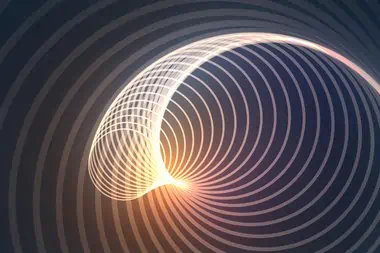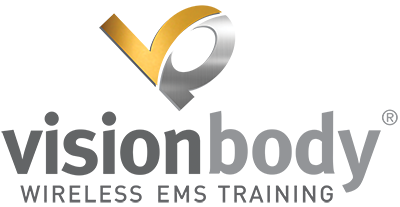
What is EMS?
What is EMS and what does EMS even mean?
EMS stands for electrical muscle stimulation or electromyostimulation.
( Myo = derived from the Greek myos = muscle )
In this form of training, the muscles are stimulated by electrical stimuli. Low and medium frequencies are used, which are harmless to humans. These impulses trigger a complete muscle contraction, as occurs during conventional training.
What is EMS?

What is EMS and what does EMS even mean?
EMS stands for electrical muscle stimulation or electromyostimulation.
( Myo = derived from the Greek myos = muscle )
In this form of training, the muscles are stimulated by electrical stimuli. Low and medium frequencies are used, which are harmless to humans. These impulses trigger a complete muscle contraction, as occurs during conventional training.
How Does EMS Work?
In principle, EMS works like a turbo booster of your own strength: With every movement that you make in everyday life, your brain sends the command to tense (muscle contraction) by means of bioelectric impulses to the corresponding muscles. In EMS training, this principle is amplified many times over, your muscles thus much stronger stressed.

How Does EMS Work?

In principle, EMS works like a turbo booster of your own strength: With every movement that you make in everyday life, your brain sends the command to tense (muscle contraction) by means of bioelectric impulses to the corresponding muscles. In EMS training, this principle is amplified many times over, your muscles thus much stronger stressed.

Muscle Simulation
Where does electrical muscle stimulation come from?
The origin of electrostimulation is in the 50s, there the method was used in a similar form as today. The origin is in physiotherapy, medicine and competitive sports, where the method is used for decades for the treatment of chronic diseases or for rehabilitation. It was possible to significantly improve the health situation of many patients through electrical muscle stimulation.
Muscle Simulation

Where does electrical muscle stimulation come from?
The origin of electrostimulation is in the 50s, there the method was used in a similar form as today. The origin is in physiotherapy, medicine and competitive sports, where the method is used for decades for the treatment of chronic diseases or for rehabilitation. It was possible to significantly improve the health situation of many patients through electrical muscle stimulation.
Medium Frequencies
What is the difference between EMS (low frequency) and EMA (medium frequency) ?
EMS means “electrical muscle stimulation”, EMA means “electrical muscle activation”. Basically, in both cases, the aim is to trigger muscle contractions through electrical impulses. If this is produced with so-called stimulation current (low-frequency current), then it is traditionally referred to as EMS. The motor nerves are irritated, this eventually leads to muscle contraction.

Medium Frequencies

What is the difference between EMS (low frequency) and EMA (medium frequency) ?
EMS means “electrical muscle stimulation”, EMA means “electrical muscle activation”. Basically, in both cases, the aim is to trigger muscle contractions through electrical impulses. If this is produced with so-called stimulation current (low-frequency current), then it is traditionally referred to as EMS. The motor nerves are irritated, this eventually leads to muscle contraction.

If the modulated medium frequency current is generated, one prefers to speak of EMA. In this case, the muscle contraction is triggered directly in the muscle cells without irritating the nerves. This provides a more pleasant perception of the pulse during training.
The effectiveness and mode of action of EMS training has already been proven in several studies by different universities. Among them we count the Sports University Cologne, University of Bayreuth as well as the University of Erlangen-Nuremberg.
If the modulated medium frequency current is generated, one prefers to speak of EMA. In this case, the muscle contraction is triggered directly in the muscle cells without irritating the nerves. This provides a more pleasant perception of the pulse during training.

The effectiveness and mode of action of EMS training has already been proven in several studies by different universities. Among them we count the Sports University Cologne, University of Bayreuth as well as the University of Erlangen-Nuremberg.
